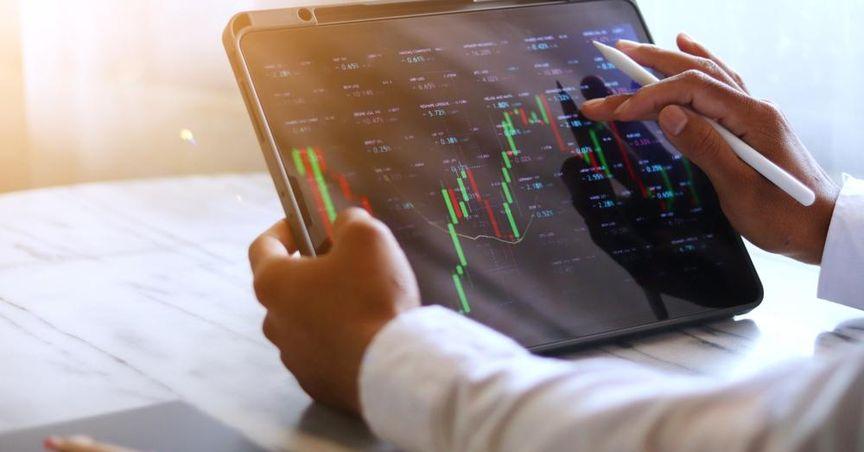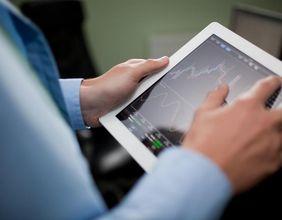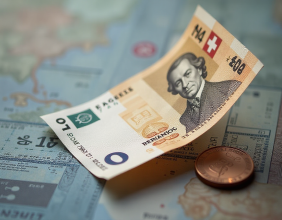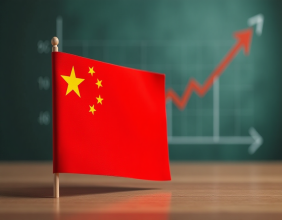Highlights:
- An either-way market in the Eurodollar deposit market features identical bid and offer rates.
- It indicates a state of equilibrium where buyers and sellers are in agreement.
- This market condition often suggests low volatility or uncertainty in interest rates.
The interbank Eurodollar deposit market is a critical component of the global financial system, facilitating the borrowing and lending of U.S. dollars outside of the United States. Within this market, an "either-way market" is a term used to describe a situation where the bid and offered rates are identical. This scenario represents a balance between supply and demand, with neither buyers nor sellers showing a clear advantage over the other.
The Dynamics of an Either-Way Market
In most financial markets, the bid rate refers to the price at which buyers are willing to purchase a financial instrument, while the offer rate (also called the ask rate) is the price at which sellers are willing to sell it. The difference between these two rates is known as the spread, which typically reflects the supply-demand balance and market conditions.
However, in an either-way market, the bid and offer rates are the same. This suggests that the market participants—whether they are buyers or sellers—are in agreement on the value of the asset or instrument being traded. In the case of Eurodollar deposits, it indicates a state of equilibrium where the interest rate offered by lenders matches the rate demanded by borrowers.
This unique market condition typically occurs in situations of low volatility or uncertainty, where market participants have similar expectations about future economic conditions. As a result, the absence of a spread may reflect a sense of stability in the market, as both sides are comfortable transacting at the same rate.
Why Does an Either-Way Market Occur?
An either-way market can arise in various situations, but it is most commonly seen in times of low economic uncertainty. When there is little to no expectation of significant interest rate movements or macroeconomic shocks, market participants may find it unnecessary to adjust their rates to account for perceived risks. This creates a situation where both buyers and sellers are willing to transact at the same rate, resulting in an identical bid and offer price.
Additionally, an either-way market may reflect the efficient functioning of the market. In this case, there is enough liquidity and transparency for buyers and sellers to agree on the same terms. The absence of a spread indicates that the market is functioning smoothly, without significant disruptions or mispricing.
The Implications of an Either-Way Market
While an either-way market suggests stability, it can also be a signal of low trading activity. With no clear advantage for either buyers or sellers, the market may not be attracting a lot of speculative interest. In some cases, this can lead to a lack of price discovery, where it becomes harder for participants to assess whether the current rate is appropriate or whether it may need adjustment.
For traders and investors, an either-way market can present both opportunities and challenges. On one hand, the absence of a spread means there are no immediate profits to be made from the difference between the bid and offer rates. On the other hand, the stability and lack of volatility may make it an attractive environment for risk-averse investors looking to place their funds in low-risk assets.
The Role of the Eurodollar Market in the Global Economy
The Eurodollar market plays a crucial role in the global economy, as it facilitates the movement of U.S. dollars outside of the U.S. This market helps meet the demand for dollars in international trade, financing, and investment, particularly in emerging markets. As such, fluctuations in the Eurodollar deposit market can have ripple effects throughout the global financial system.
In an either-way market, the stability of the Eurodollar rates can influence global borrowing costs, particularly for institutions that rely on Eurodollar deposits for short-term funding. The identical bid and offer rates suggest that market participants are confident in the current state of the U.S. dollar and the broader financial environment.
Conclusion
An either-way market in the interbank Eurodollar deposit market is a rare but significant condition where the bid and offer rates are identical. This equilibrium reflects a balance between buyers and sellers, often indicating low market volatility and a sense of stability in interest rates. While it can suggest smooth market functioning, it may also signal low trading activity and a lack of price discovery. Understanding the dynamics of an either-way market is essential for investors, traders, and financial institutions looking to navigate the global financial landscape and make informed decisions in a relatively stable environment.





